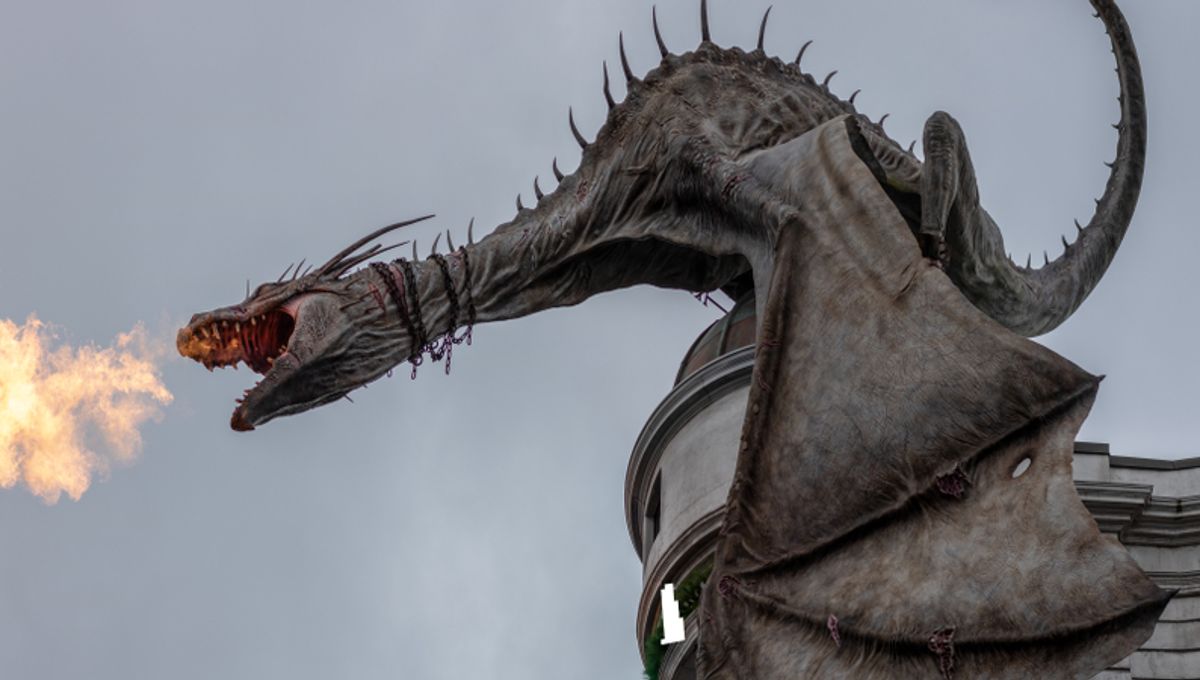
Travel to any part of the world and it’s hard not to find dragons lurking in their mythological folklore. The ancient legends of Europe, Asia, Africa, and the Americas all feature the figure of a slinky crocodile-like creature with long talons and a fierce look in its eyes. The question is: why have a significant number of civilizations independently conjured up the myth of the dragon despite it never existing in reality?
Firstly, it is a bit reductive to assume that all dragons are the same. The dragons of Middle Ages Europe are often fire-breathing lizard-like beasts with strong bodies, bat-like wings, and horns. They are typically seen as evil beings. Tales from folklore often involve a brave hero slaying the dragon to snatch its hoard of wealth or liberate its kingdom of terrified townsfolk. Even within depictions of European dragons though, there’s a wealth of diversity.
In East Asian culture, the dragon can play a slightly different role. Often taking on a more mystical aura, dragons are used as a symbol of power, strength, and good luck. One well-known dragon of Chinese culture is Tianlong, the “celestial dragon” that is said to have drifted among the clouds and guarded heaven.
Mesoamerican culture has a god called Quetzalcóatl, which means “feathered-serpent”. This dragon-like deity played a prominent role in their spiritual beliefs and was thought to have played a fundamental role in the creation of humankind.
Differences exist, but the similarities between the mythological monsters are remarkable when you consider that these cultures were geographically separated and experienced very little cultural exchange at the time of myth-making.
There are a few ideas about how this convergent evolution of ideas came around.
Adrienne Mayor, a classical folklorist and historian of ancient science at Stanford University, has argued that ancient people imagined mythical creatures, most notably griffins, after misinterpreting the fossils of extinct creatures. In this line of thought, it’s not hard to imagine discovering the prehistoric remains of a Tyrannosaurus rex and believing it belonged it to be a terrifying dragon-like beast.
Another theory is that dragons are an archetype buried deep within the human mind. In the book An Instinct for Dragons, University of Central Florida anthropologist Dr David E. Jones argues that myths about dragons are so common because we’ve evolved to develop a mental imprint of dangerous predators.
The dragon, Jones argues, has many motifs that our early ancestors learned to innately fear in wild animals. This primal instinct resulted in our imaginations creating an archetypal creature that fuses all of the most ferocious features of a crocodile, a snake, a bird of prey, and a big cat.
Whatever the reason behind this ubiquitous myth, dragons clearly have a hold on us. They’ve stuck around for thousands of years and continue to be an object of fascination, featuring in some of the most popular works of fiction, whether it’s The Hobbit and the Harry Potter series, or Game of Thrones and Pokemon.
Source Link: Why Do So Many Cultures Have Dragons In Them?